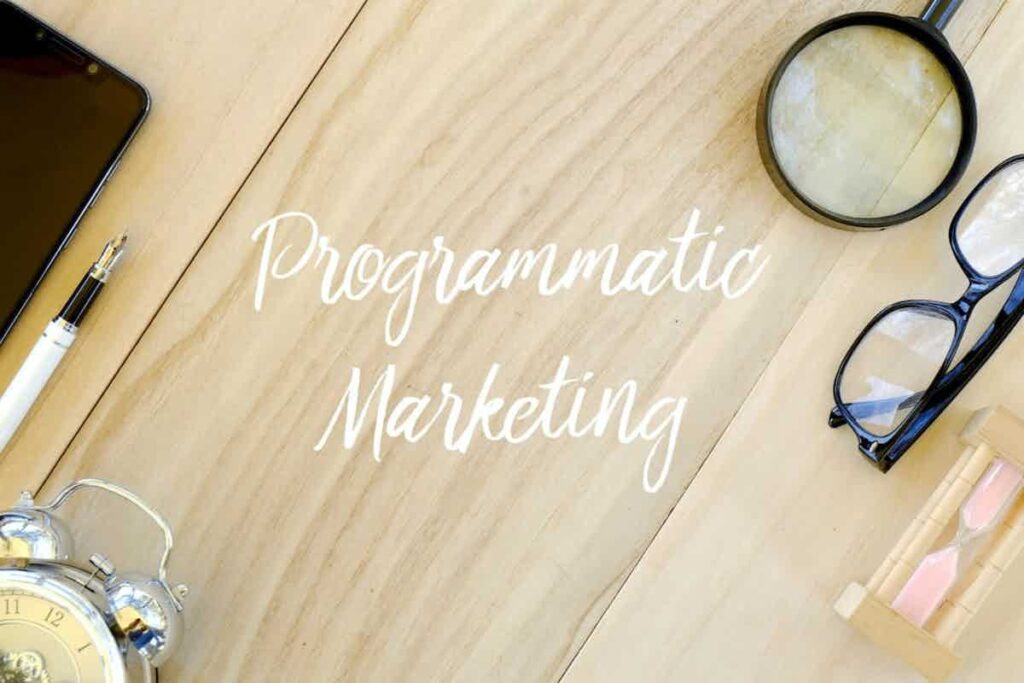How effectively are you reaching your target audience in this digital age? In the fast-paced world of online advertising, traditional methods are no longer enough. Enter programmatic display advertising, a game-changer.
This innovative technology uses algorithms and data to automate the process of ad buying, allowing for hyper-targeted, real-time ad placement. Yet, as powerful as it may be, it also carries its own set of challenges. This article will delve into the pros and cons of programmatic display advertising and shed light on how it can be leveraged for success.
Understanding Programmatic Display Advertising
We’ve entered an era where online advertising is largely automated. Programmatic display advertising stands tall in this evolution. Instead of the traditional method, where you would manually negotiate and buy ad spaces, programmatic advertising makes use of advanced algorithms.
These algorithms buy ads automatically, doing so in real time. It’s a bit like having a skilled trader working on your behalf around the clock. This tech trader assesses all the available online ad spaces and purchases the ones that will best serve your ads.
Programmatic display advertising goes beyond mere automation. It is also about making the process efficient and as friction-free as possible.
The very heart of programmatic advertising lies in its data-driven nature. It uses data not just to automate the buying process but also to make intelligent decisions. These decisions could involve targeting specific users, selecting the most effective ad formats, and choosing the ideal time to display ads.
The Power of Targeted Ads in Programmatic Advertising
If you’ve ever felt like an online ad was speaking directly to you, you’ve experienced the power of targeted ads. Programmatic advertising brings this power to the forefront.
It has the ability to display personalized ads to users based on a variety of data points. These can include their location, age, interests, browsing habits, and more.
The aim of targeted ads is to reach audiences who are genuinely interested in your offering. Suppose you’re promoting a fitness campaign.
With targeted ads, you could show your ads specifically to people who have recently searched for gym memberships. It’s all about aligning the ad content with the audience’s needs and interests.
The targeted nature of programmatic advertising also means that the ads are relevant and timely. They show up when the user is most likely to take action. So, instead of casting a wide net and hoping for the best, you’re focusing your efforts on an audience that is already primed and ready.
Pros of Programmatic Display Advertising
So, what’s good about programmatic display advertising? First off, it’s efficient.
The automation of the ad-buying process saves a lot of time and resources. You’re no longer required to negotiate prices or sort through a myriad of options. The entire process is optimized to deliver the best results.
Then, there’s the ability to measure performance in real-time. Instead of waiting for a campaign to end to evaluate its success, you can see how your ads are doing at any given moment.
If an ad isn’t performing as expected, you can tweak it on the fly. This gives you a level of control that wasn’t possible with traditional methods.
But perhaps the biggest pro of programmatic display advertising is its precision. By utilizing detailed user data, it ensures your ads reach the right people at just the right moment. This is where programmatic ad buying shines.
The end result is a better use of your ad budget, a higher return on investment, and a more meaningful connection with your audience.
Cons of Programmatic Display Advertising
No advertising method is without its drawbacks, and programmatic display advertising is no exception.
One major concern is the risk of ad fraud. Automated systems may sometimes place ads on fraudulent or low-quality websites. This not only wastes resources but also potentially harms a brand’s reputation.
Another challenge is the complexity of the technology itself. It requires an understanding of intricate algorithms and a grasp of analytics. This can be overwhelming, particularly for companies without a strong tech background.
Privacy concerns also loom large in programmatic display advertising. The very thing that makes it so powerful – its use of user data – can also make it a potential privacy minefield. With increasing regulatory scrutiny on data usage, advertisers need to ensure they handle user data responsibly.
Navigating the Complexities: Role of a Programmatic Campaign Manager
The role of a programmatic campaign manager is to guide an advertiser through these complexities. A campaign manager understands the ins and outs of programmatic advertising. They know how to get the most out of the technology while minimizing risks.
The manager’s responsibilities go beyond just running campaigns. They monitor the performance of ads, tweak strategies in real-time, and make sure ad spend is allocated efficiently.
A good campaign manager also keeps abreast of changes in the digital ad space. They anticipate and adjust to shifts in trends, ensuring that your advertising strategy remains relevant and effective.
Optimizing Programmatic Advertising Campaigns for Success
The key to success in programmatic advertising lies in optimization. It’s not enough to set up a campaign and let it run. You need to continually refine and adjust your strategies.
The first step is setting clear goals:
- What do you want to achieve with your campaign?
- More website traffic?
- Increased sales?
- Better brand awareness?
Your goals will guide your campaign and help you measure success.
Next, you need to leverage the power of data. Programmatic advertising thrives on data, and the more you understand your data, the better your results will be.
Analyze your campaign performance. Understand who your audience is, what they respond to, and when they are most active.
Finally, you should never hesitate to tweak your campaign if something isn’t working. In the world of programmatic advertising, flexibility is key.
If a particular ad isn’t getting results, change it. If your targeting parameters are too broad or too narrow, adjust them.
Leverage Programmatic Advertising for Optimal Results
While programmatic display advertising does come with its pros and cons, its ability to offer targeted and efficient ad placements is undeniable. Yet, to truly maximize its potential and navigate its complexities, partnering with an experienced programmatic ad agency can make a world of difference.
At Version2, we offer ORION, our advanced programmatic buying platform, backed by our expert team that can help you optimize your campaigns for superior results. Don’t let the challenges deter you. Reach out to us today, and let’s revolutionize your advertising strategy together.









